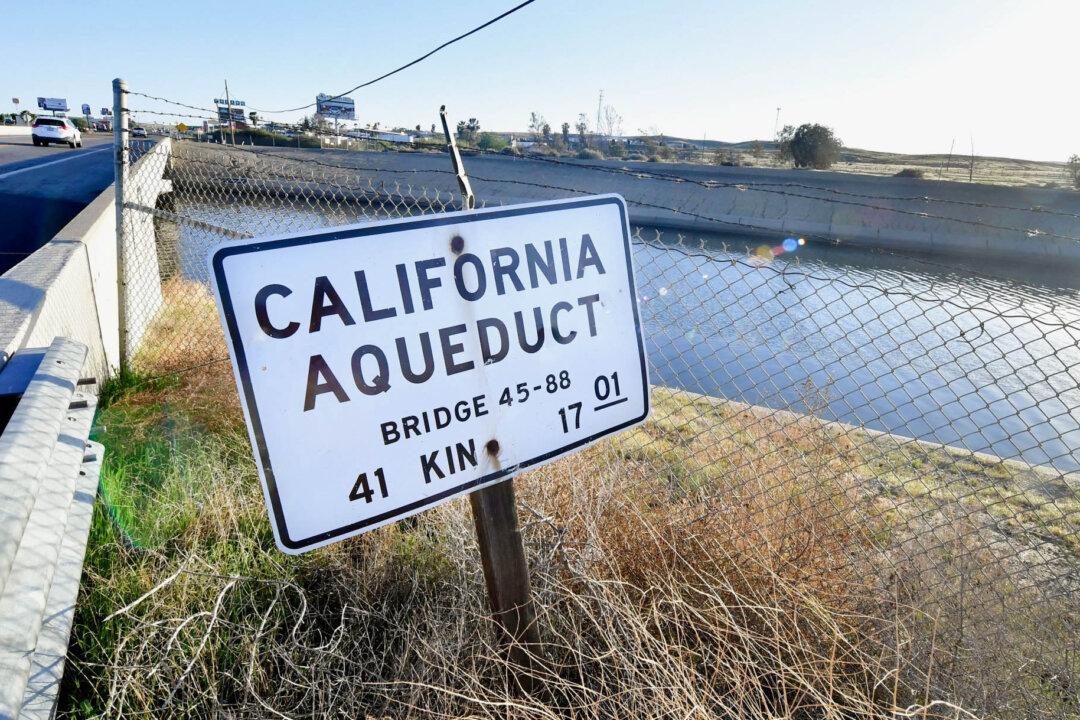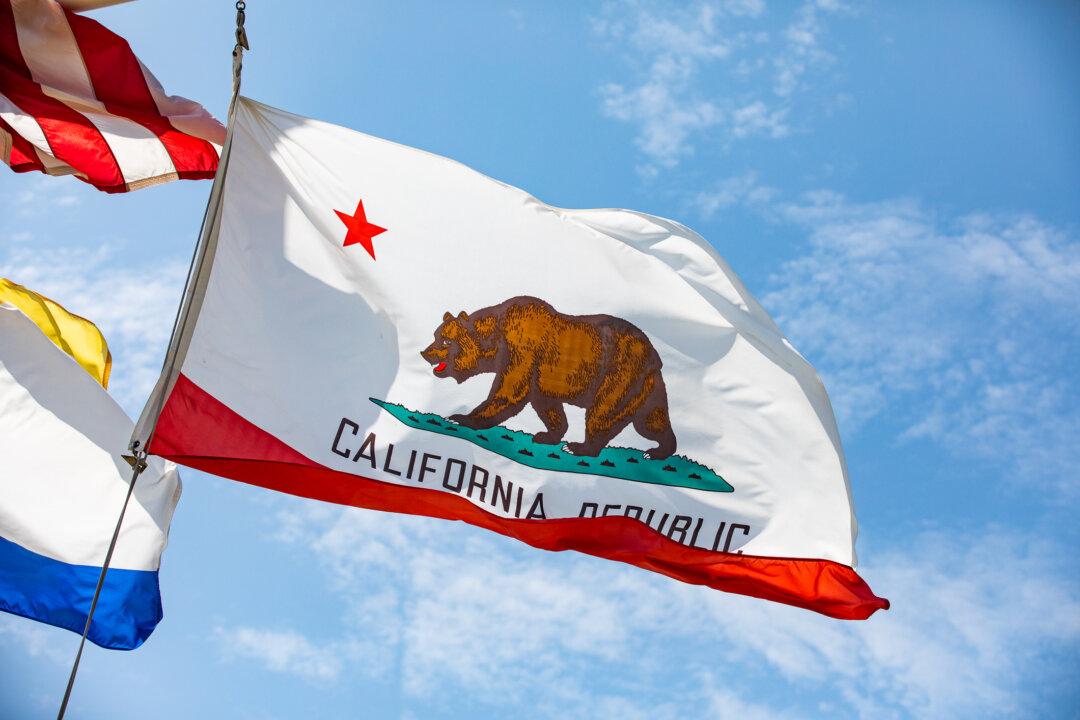As California prepares to release billions of gallons of water into the Pacific Ocean this fall to protect a local fish, some experts warn the effort may have a minor effect on the species and could harm the state’s water supply.
Each year, a vast amount of water is released into the Sacramento–San Joaquin Delta to help fish such as the endangered Delta smelt, which requires a specific salinity range and water temperature for spawning.





